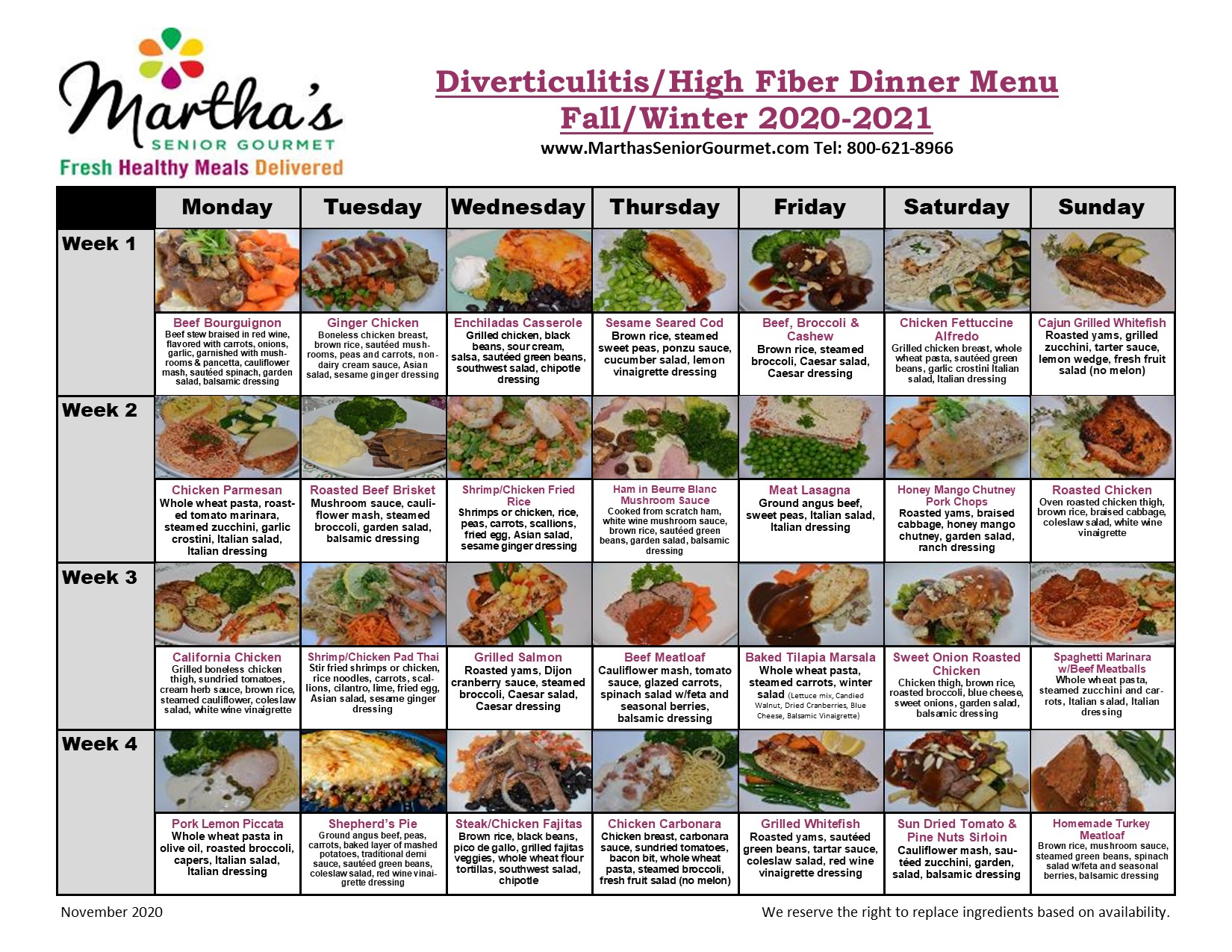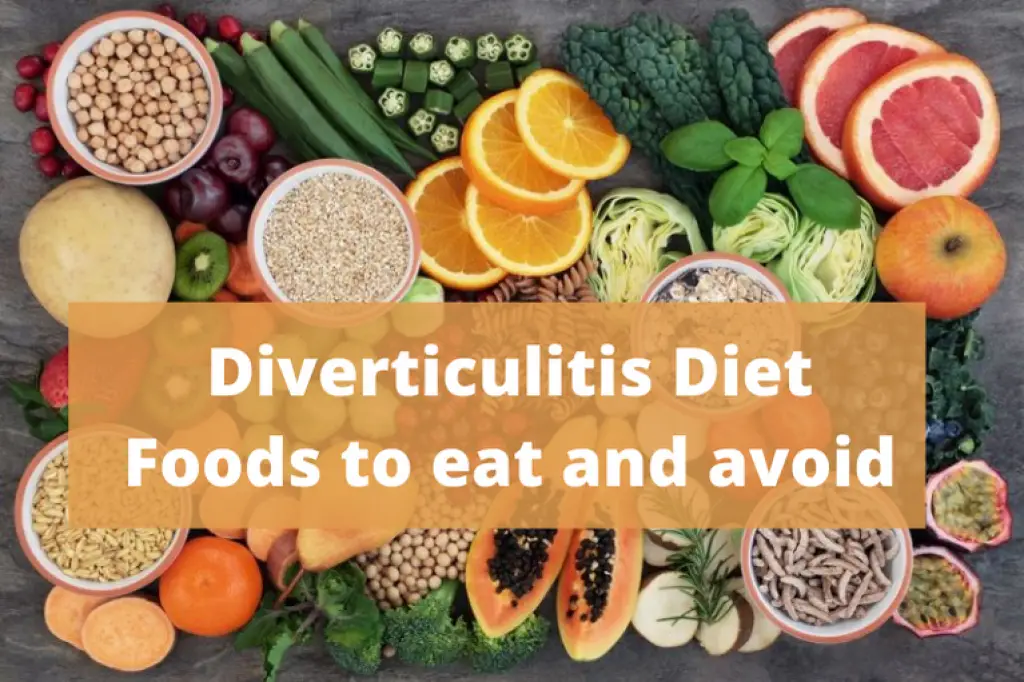Printable List Of Foods To Avoid With Diverticulitis - Some foods that are high in fiber content include the following: Oats and whole grain cereals. Web fiber is a component of complex carbohydrates that the body cannot digest, is found in plant based foods such as fruits, vegetables, whole grains, etc. Web high fiber foods include: Fiber promotes regular bowel movements and keeps stools soft and bulky. Fodmaps are in foods such as: The ucsf noted that it is safe for people living with diverticulitis to eat nuts, popcorn, and seeds, including. Web what is diverticular disease? Web fruits, such as apples, pears, and plums. Avoiding fodmap foods is a must for those suffering from irritable bowel syndrome (ibs), as well as diverticulitis.
Printable Diverticulosis Diet Handout Printable World Holiday
Beans and legumes, including black beans, kidney beans, chickpeas and lentils. Fruits and vegetables with seeds, like raspberries or cucumbers. In the past, doctors thought.
Printable Diverticulosis Food Diverticulitis Food Chart
Fiber promotes regular bowel movements and keeps stools soft and bulky. It’s best to avoid this fruit, even if it might be healthy by normal.
Printable Diverticulosis Diet Handout Customize and Print
Canned or cooked fruits without skin or seeds. At least 8 cups (64 oz.) per day, especially when eating a high fiber diet. Choose a.
Diverticulitis Diet Foods to Eat and Avoid
Onion, garlic, mushrooms, peas, asparagus, cauliflower, artichoke, brussels sprouts. Web following a preventative diverticulitis diet is the best way to avoid a potential flare. Avoiding.
Diverticulitis Diet 11 Foods To Avoid with Diverticulitis
This stands for fermentable oligosaccharides, disaccharides, monosaccharides, and polyols. Fodmaps are in foods such as: Web doctor about a list of foods on a low.
Diverticulitis Diet PDF [Free Download] The Geriatric Dietitian
Vegetables such as greens (collard, kale, spinach. Choose a variety of foods from the food groups on the high fiber. Web high fiber foods include:.
Diverticulitis Diet PDF [Free Download] The Geriatric Dietitian
It’s best to avoid this fruit, even if it might be healthy by normal circumstances. Fruits and vegetables with seeds, like raspberries or cucumbers. Web.
Printable Diverticulosis Diet Handout Customize and Print
It’s best to avoid this fruit, even if it might be healthy by normal circumstances. Fruits and vegetables with the skin and seeds. Diverticular disease.
Diverticulitis Diet Food to eat and avoid with Diverticulitis
This includes soup broth without pasta, rice, or vegetables. Fruits and vegetables with seeds, like raspberries or cucumbers. Web foods to avoid with diverticulitis. The.
Fruits And Vegetables With The Skin And Seeds.
Oats and whole grain cereals. At least 8 cups (64 oz.) per day, especially when eating a high fiber diet. Fiber helps to speed up digestion and prevent too much pressure from building in the intestines. Web fruit high in fiber will help to relieve constipation, and boost immunity.
Fermented Foods, Such As Sauerkraut Or Kimchi.
Whole wheat, oats, quinoa, brown rice, farro, wheat berries, etc. These pockets can become inflamed or infected. Web whole wheat bread, pasta, and tortillas. Web research suggests that a diet low in fiber and high in red meat may increase your risk of getting diverticulitis — inflammation of one or a few pouches in the wall of your colon.
Web What Is Diverticular Disease?
It falls along the line of foods known as fodmap. Vegetables such as greens (collard, kale, spinach. Fruits and vegetables with seeds, like raspberries or cucumbers. Some foods that are high in fiber content include the following:
To Avoid Discomfort, Gradually Increase The Amount Of Fiber In Your Diet.
Fiber promotes regular bowel movements and keeps stools soft and bulky. Gradually you can ease back into a regular diet. Whole grains, such as brown rice, quinoa, oats, amaranth, spelt, and bulgur. Avoid food that is difficult to digest (or as instructed by your doctor) raw vegetables.



:max_bytes(150000):strip_icc()/VWH-MiraNorian-DiverticulitisFlareUpsDiet-Standard-41b8ccb49cd94d8a9e75b8f37ac87de8.jpg)

![Diverticulitis Diet PDF [Free Download] The Geriatric Dietitian](https://thegeriatricdietitian.com/wp-content/uploads/2023/03/Diverticulosis-Diet-737x1024.jpg)
![Diverticulitis Diet PDF [Free Download] The Geriatric Dietitian](https://thegeriatricdietitian.com/wp-content/uploads/2023/03/Fiber-Diverticulosis-vs-Diverticulitis-737x1024.jpg)


